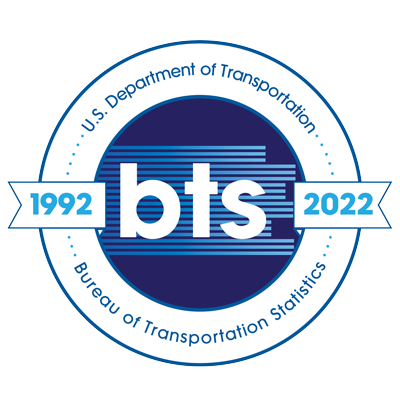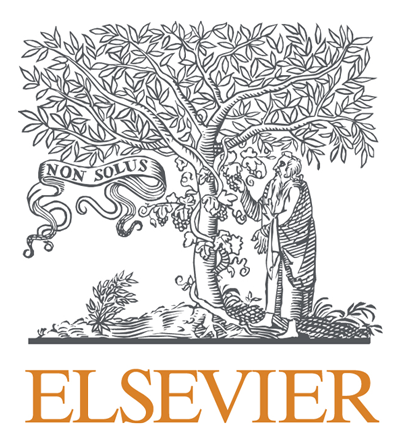Modeling stream power and soil erosion in GIS for the tropical Rio Bravo watershed, Central America
Topics:
Keywords: ancient maya, wetland agriculture, soil erosion, geoprocessing, stream power, gis, lidar, remote sensing
Abstract Type: Poster Abstract
Authors:
Joshua Vazquez, The University of Texas at Austin
Katherine Horn, The University of Texas at Austin
Byron Smith, The University of Texas at Austin
Timothy Beach, The University of Texas at Austin
Sheryl Luzzadder-Beach, The University of Texas at Austin
,
,
,
,
,
Abstract
This study estimates stream power and soil erosion for the Rio Bravo transboundary watershed in Belize, Mexico, and Guatemala. The ancient Maya used much of this watershed for agriculture including terracing and wetland field complexes from ~ 2000 to 500 years ago. Today farmers are using about half for modern agriculture and the other is in conservation. Despite many previous studies, heretofore none have modeled the system’s hydrology and erosion. Here we provide baseline modeling of surface hydrology and soil erosion potential using Lidar together with geoprocessing. We use these models to map potentially suitable areas for wetland and terraced fields. Previous research finds that the ancient Maya constructed and sustained agricultural wetland fields for centuries, persisting through droughts around 1800 and 1200 years ago. Over recent decades, similar droughts, modern deforestation, and active draining limit wetland ecological productivity and their capacity for sustainable agriculture. The geoprocessing methods include modeling stream power and the Revised Universal Soil Loss Equation (RUSLE) within ARCPRO. Our early results highlight areas with high-to-low erosion potential and areas with ideal wetness for wetland agriculture. We compare the areas of high erosion potential with evidence for ancient terracing and areas of the right wetness with evidence for wetland farming to understand long-term human adaptation to erosion and wetlands. Data availability for some equation parameters is limited or nonexistent, which forces assumptions to be made when calculating factors of the RUSLE and stream power, which we can only overcome with field work and more high-resolution imagery coverage.
Modeling stream power and soil erosion in GIS for the tropical Rio Bravo watershed, Central America
Category
Poster Abstract








